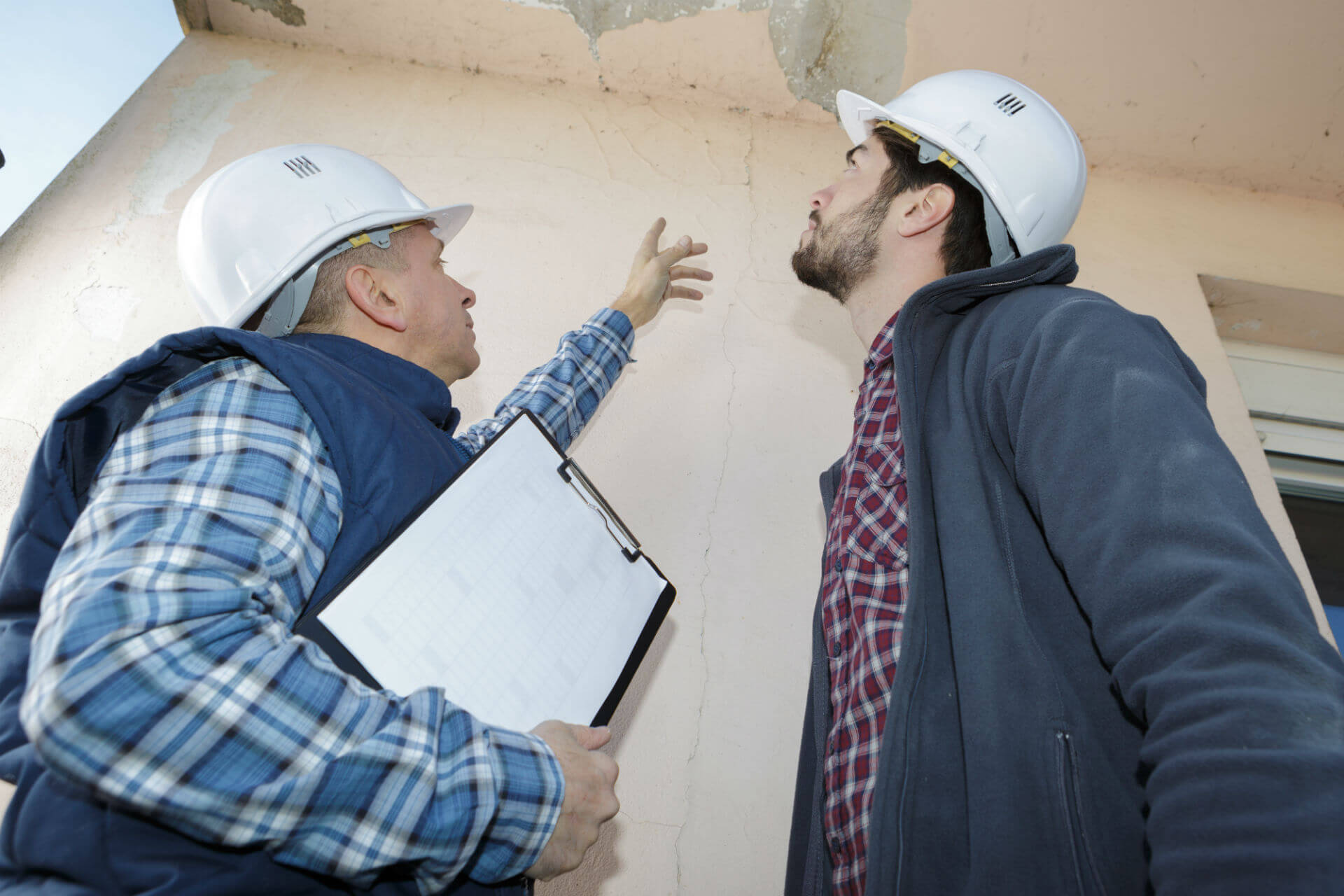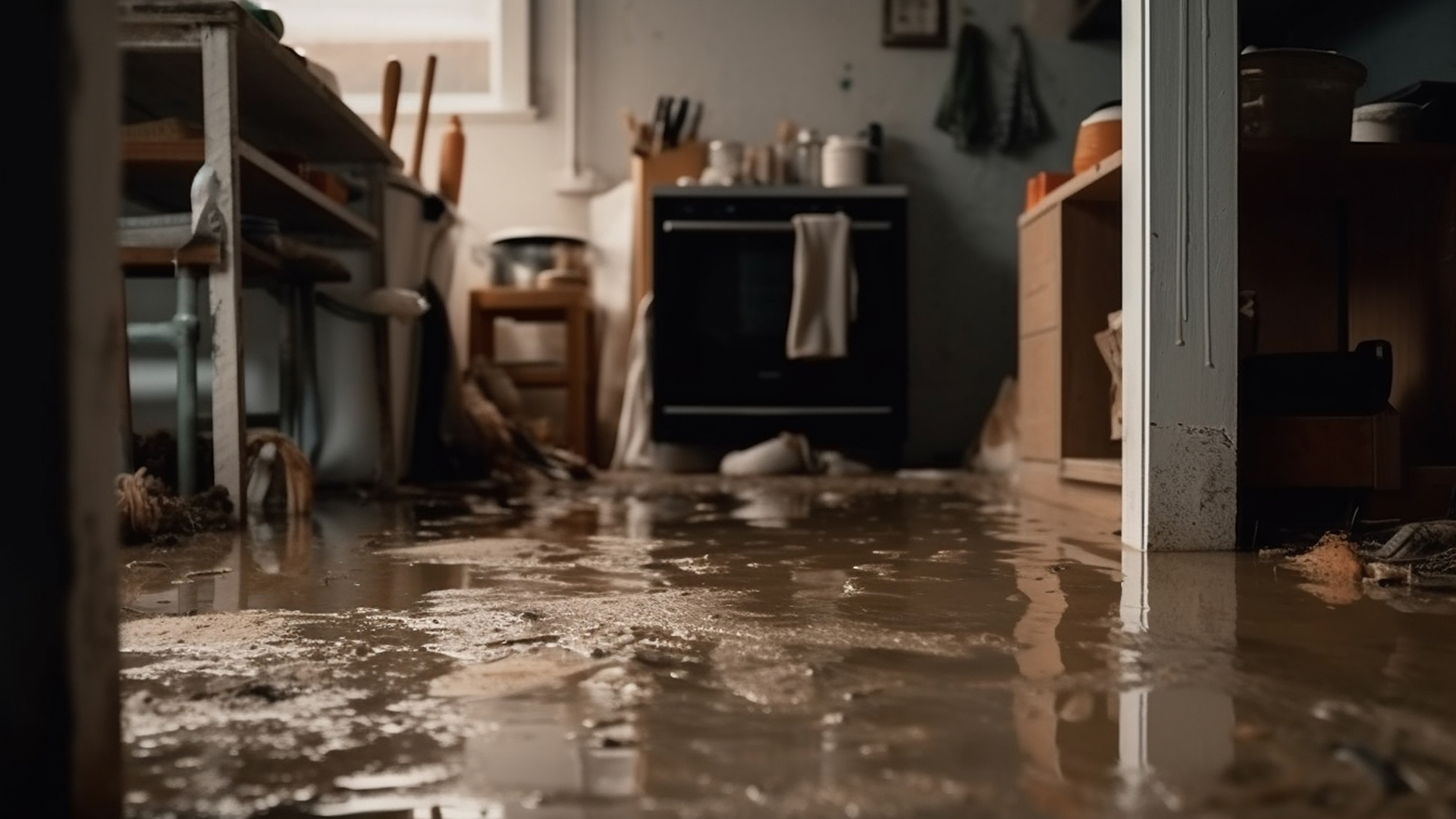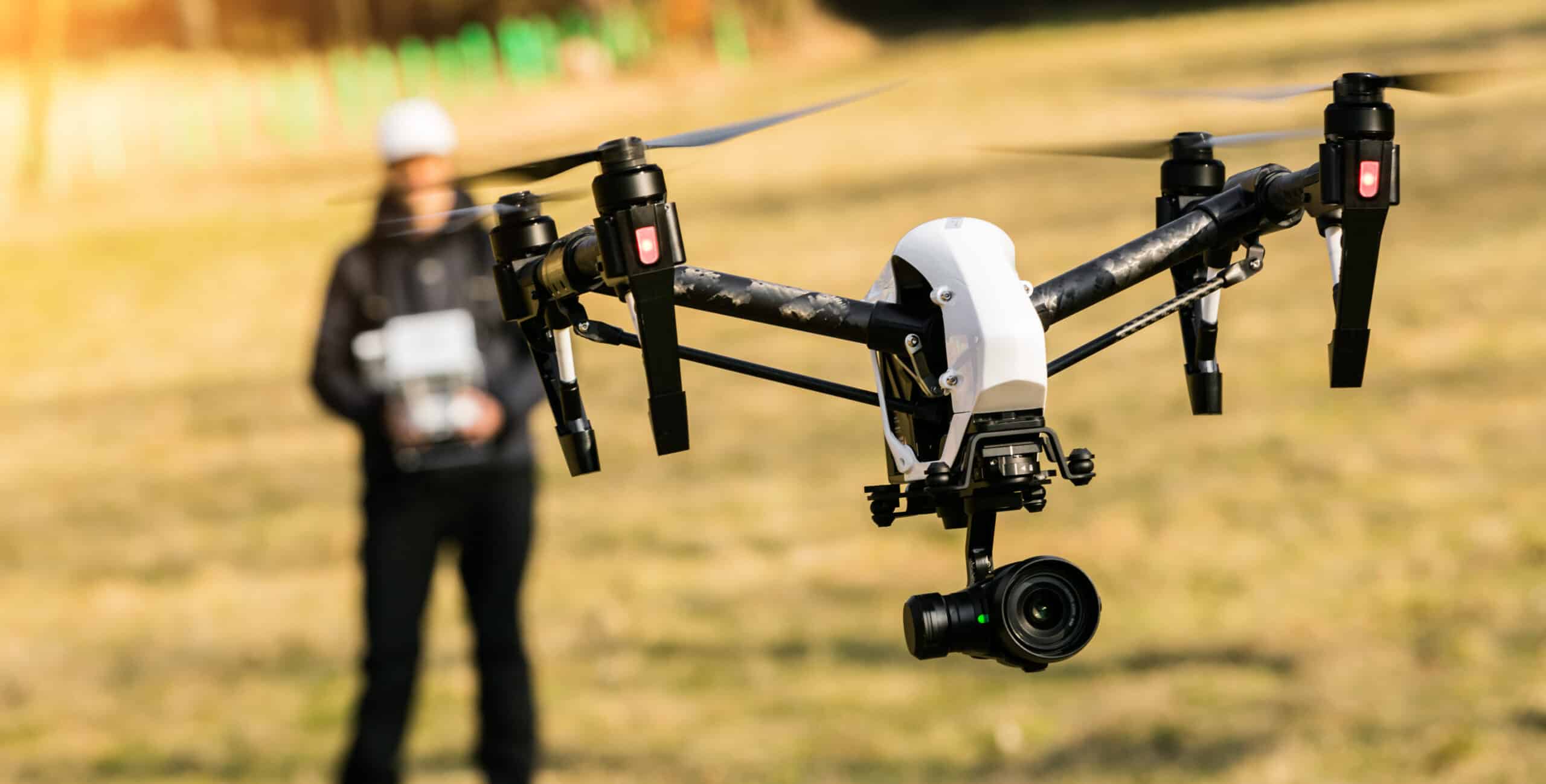A hurricane is a significant tropical cyclone that may wreak havoc when it lands. It’s critical to take preventative measures to safeguard your property. To reduce damage from flying debris, install storm shutters, examine your roof, and maintain your landscaping. Develop an emergency kit, a communication strategy, and the appropriate insurance coverage to prepare for storms. Begin preparing for a hurricane at least two weeks beforehand. You are securing your windows and doors and eliminating external objects that can become projectiles. If you’re ready and taking precautions, you’ll feel more at ease and run fewer risks during a storm.
What Is Considered a Hurricane?
A hurricane is a colossal tropical cyclone from warm ocean waters, gradually gaining strength and spreading far and wide. With sustained winds clocking in at a minimum of 74 miles per hour (119 kilometers per hour), these storms could unleash devastating destruction upon landfall. To safeguard your precious property from the wrath of a hurricane, it’s crucial to take proactive measures. Think storm shutters, roof inspections, strategic landscaping, and diligent debris removal. By fortifying your home or business in advance, you can increase its resilience and stand firm in the face of nature’s fiercest storms.
Storm shutters effectively reduce wind damage by covering windows with metal or plastic coverings that fit securely outside buildings. Installing these shutters before the hurricane land is essential to ensure sufficient protection for all building structure openings. A roof inspection should also be conducted as part of any pre-hurricane preparation; if any missing shingles or other issues are found during the inspection, they must be addressed to prevent further damage from occurring during high winds and heavy rains.
Additionally, removing trees and trimming branches around the house will help minimize potential destruction caused by flying debris during a hurricane. Finally, eliminating furniture cushions, patio umbrellas, and outdoor decorations can further reduce damage from flying objects. Before a storm hits land, these steps will ensure maximum security for homes and businesses.
Preparing for a Hurricane
As a hurricane is an unpredictable and powerful force of nature, it is essential to arm oneself with the proper knowledge to protect life and property. This section provides steps for preparing one’s home or business against the destructive forces accompanying hurricanes.
The first step is creating an emergency supply kit containing food, water, batteries, flashlights, and other necessary supplies. Additionally, people should stock up on cash and medications they may need during the storm since power outages can cause electronic payments to be unavailable. Also, please ensure your cell phone is fully charged before the storm arrives to access communication plans if needed.
I would also like you to develop a communication plan with family members outside the area impacted by the hurricane. Make sure everyone knows where all family members are located before and after the storm hits their location. As well as how best to stay connected when phone lines go down due to heavy winds or flooding. Finally, fill any containers around your house or business with fresh water. This is in case local sources become contaminated during or after the storm passes. By taking these steps, individuals will be better equipped when facing a severe weather event like a hurricane.
Landscaping for Debris Removal
Landscaping can be essential in helping secure your home or business from hurricane-related debris. By maintaining the landscaping around the perimeter of a structure, it is possible to reduce the risk posed by large objects being swept up and hurled through windows or doors during high winds.
The following four steps are recommended for landscaping:
- Trim back any trees that may pose a threat due to their proximity to the building structure.
- Prune shrubs and bushes along walkways and entrances could act as projectiles when wind speeds increase.
- Remove dead branches, leaves, and other debris regularly throughout the year. This will help decrease the potential for damage should a storm occur.
- Create buffer zones between structures by planting low-growing shrubs and ground covers. This could include grasses or creeping plants that can help absorb some of the impacts of flying debris.
In addition, strategically placed boulders, rocks, or planters with flowers can provide additional protection against flying objects. Meanwhile adding aesthetic value at the same time. Taking these steps now can save you time in an emergency, where quick action must be taken to protect yourself, your family members, and your property from harm caused by powerful storms like hurricanes.
Insurance Coverage Considerations When Preparing for a Hurricane
After power sources have been secured, it is essential to consider the various insurance coverage options available in case of a hurricane. The most crucial factor to remember when selecting an insurance policy is ensuring adequate coverage for property damage and personal liability. This section will discuss the types of policies available, what they cover, and how to select the best option to protect against loss due to natural disasters:
Homeowners Insurance
A standard home or business owners’ policy protects from weather-related losses such as wind damage and hail storms. Coverage may include additional perils such as flooding, earthquake, fire, and theft.
Flood Insurance
It is essential to understand that flood insurance does not come with a typical homeowners’ policy. This type of coverage must be purchased separately through the National Flood Insurance Program (NFIP).
Business Interruption Insurance
Business interruption insurance helps cover losses related to physical damage done by a hurricane. In addition to protecting lost income during the repair period, these policies can reimburse extra expenses incurred due to relocation or other necessary costs associated with rebuilding after a storm.
Personal Property Coverage
Most homeowners’ policies contain some form of personal property coverage which covers items inside your home, including furniture, electronics, clothing, etc., in the event of destruction caused by a hurricane.
Umbrella Liability Policy
An umbrella liability policy provides an extra layer of financial protection beyond traditional homeowners’ policies. It provides broader coverage limits across multiple areas. Including auto accidents and lawsuits resulting from bodily injury or property damage.
Selecting an appropriate level of insurance depends on several factors, including location, budget constraints, and expected risks associated with living in an area prone to natural disasters like hurricanes. Understanding each type of coverage offered can help individuals make informed decisions about their unique needs. Thus, they will be better prepared if disaster strikes their community.
How Far in Advance Should I Begin Preparing for a Hurricane?
The question of how far in advance one should begin preparing for a hurricane is essential. Preparation time can vary depending on the severity and location of the event. As well as the resources available to those affected by it. The most effective way to ensure that you are ready for any potential storm is to have a plan ahead of time. This includes gathering supplies, reviewing evacuation routes, and informing family members about what to do if needed.
It would be best to start planning at least two weeks before a hurricane is expected to hit your area. During this time, individuals should check their insurance policies, make sure they have enough food and water stored up, fill any necessary prescriptions, gather cash in case ATMs become inaccessible due to power outages, and create an emergency contact list with phone numbers and email addresses for staying in touch during or after the storm. Additionally, people should consider bringing inside any outdoor furniture or items that may be blown away by strong winds or swept away by flooding.
To be adequately prepared for a hurricane, all necessary steps must be taken while there is still ample time. Proper knowledge of safety procedures such as sheltering-in-place versus evacuating will help provide peace of mind before experiencing extreme weather conditions. Taking precautions early will reduce anxiety and save valuable time when emergencies arise suddenly without warning.
What Is the Most Important Step to Protect My Home or Business During a Hurricane?
Preparing for its arrival and protecting oneself from harm is essential in the face of a hurricane. One of the most critical steps to take when it comes to safeguarding one’s home or business is understanding what needs to be done to protect these places against potential damage. So, it is necessary to explore this topic further by looking over some of the critical measures that can be taken to secure a property before and during a storm.
One of the primary tasks for securing a property involves ensuring all windows and doors are closed tightly and securely. This will reduce the chances of wind entering through gaps and prevent rainwater from entering the building. That could cause flooding and other destructive forces inside. Additionally, removing any loose items outside, such as patio furniture, outdoor decorations, or garden tools, should also be taken care of before the storm arrives. This will avoid them becoming projectiles due to high winds.
It is also important to consider protective measures that can be used post-storm. Especially if significant damage has been incurred on one’s home or business. This includes boarding up windows or placing tarps over damaged sections of roofing material. Taking preventive action beforehand will ensure that one’s property remains safe even after strong gusts have passed through their area. Furthermore, an emergency plan with information regarding evacuation routes, shelter locations, and contact numbers will help prepare individuals for whatever happens following a hurricane event.
Key Takeaways to Remember When Preparing for a Hurricane
In summary, taking proactive steps ahead of time towards ensuring one’s safety during a hurricane is extremely important. From closing all windows and doors properly before the storm arrives, eliminating any objects that may become airborne due to high winds, and planning for recovery afterward with an established emergency strategy – doing so will significantly decrease risks associated with hurricanes while providing peace-of-mind knowing that one’s safety has been secured regardless of circumstances encountered throughout its duration.
To keep ourselves and our homes safe, it is essential to comprehend storms and make hurricane-related preparations. We may strengthen our resilience against the severe effects of storms by taking preventive measures like installing storm shutters, assessing roofs, and preserving our surroundings. To prepare for storm issues, emergency kits should be assembled, communication strategies should be established, and the right insurance coverage should be purchased. Our homes and businesses can be significantly protected by beginning preparations early and protecting our windows and doors. Meanwhile, reducing possible risks. We may approach hurricanes with better peace of mind and reduce the hazards by being well-prepared and taking preventive steps.
Don’t let the devastating impact of hurricanes catch you off guard. Contact BSA Claims now to ensure your property and assets are adequately protected with comprehensive insurance coverage. Thus, providing peace of mind during these turbulent times. Take proactive action today and let our experienced team guide you through the insurance claim process. We will help you recover and rebuild after a hurricane strikes.






